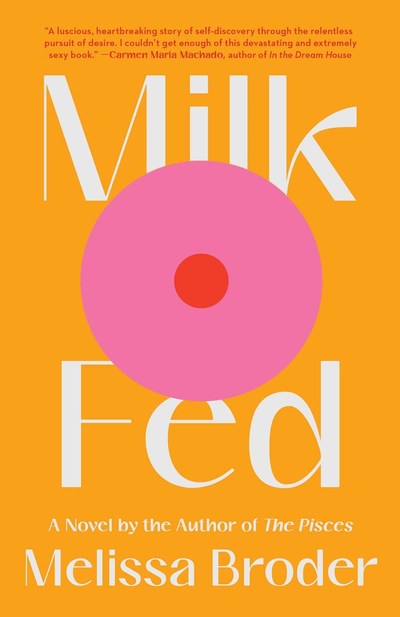The much-anticipated sequel to Viet Thanh Nguyen’s 2016 Pulitzer Prize-winning novel, The Sympathizer, The Committed invites debate through its complex portrayal of political alignments, racial identity and, as the narrator admits, selfish flaws. It’s richly layered with philosophical arguments and intellectual ideas, as well as a small but engrossing dose of criminal thrills.
The Committed follows its narrator, a Vietnamese refugee and former spy known only as “the Captain,” and his “blood brother” and best friend, Bon, after their “reeducation” in a refugee camp at the end of The Sympathizer. The Captain and Bon are adjusting to life in 1980s Paris. Working at a restaurant and living among a burgeoning population of Vietnamese immigrants, the Captain ruminates on the differences between communism and global capitalism, going so far as to embrace capitalism in one of its most complicated forms, as a drug dealer. As unexpected as his new role is, the Captain embraces it with the same ease with which he embraced his ability to lie as a spy.
The Captain’s close association with a French Vietnamese woman gives him access to a wealthier and more influential class of clientele for his newfound business enterprise. But at the same time, he finds himself drifting further from Bon, who is seeking more idealistic pursuits. As the Captain puts it, he finds himself in “a place where I could watch myself becoming more about me and me alone, the best justification there was for capitalism.”
While it is helpful—and should be a prerequisite based on its Pulitzer Prize status alone—it isn’t necessary to read The Sympathizer to become enmeshed in the pages of The Committed. Reminiscent of John Le Carré’s deeply textured spy novels, The Committed proves Nguyen is no one-hit wonder when it comes to fine literature.


























